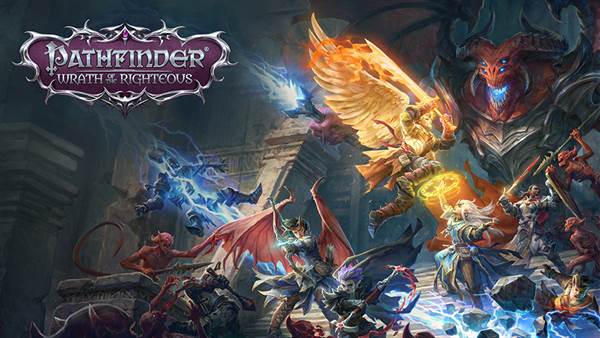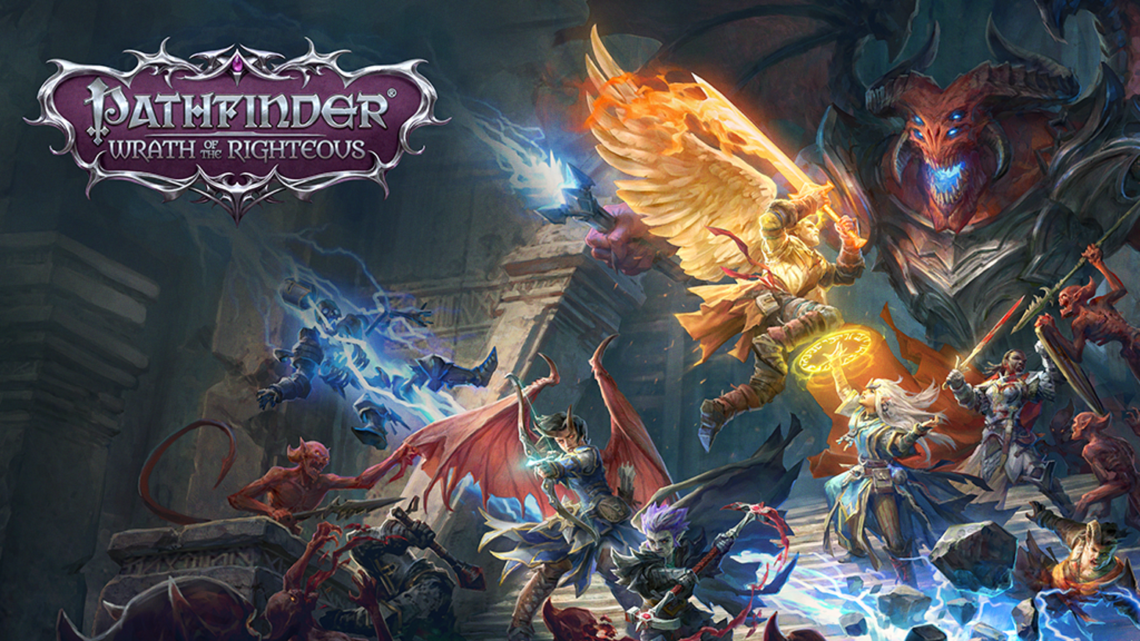
That manner of combat is one of my least favorite in gaming, and it's stood in the way of my enjoyment of a genre that's otherwise made for me. The Baldur's Gate or Infinity Engine-style of isometric D&D-based RPG has always been built on a foundation of "real-time combat with pause," where either all your little dudes run at the monsters at once before a few corpses explode and you hope none of them are yours, or you spend half an hour pressing pause on and off trying to manipulate a system into a messy facsimile of turn-based combat in order to have some feeling of control over it. The biggest and best change for the Pathfinder series and for the genre as a whole, however, is that Wrath of the Righteous has a turn-based mode available from the start. It also adds dozens of new character classes and variants, with Cavaliers and Shamans joining the typical Fighters and Clerics. I've noticed almost no arbitrary punishments for not knowing all of Pathfinder's rules, which was my main problem by far with Kingmaker. Even better, the finicky rules-lawyering that made Kingmaker such a pain when it first came out is long-gone, making Wrath welcoming to new players. For instance, it's the first isometric game like this I've seen to allow the camera to be spun around the game world, while still looking great from any angle.

Wrath of the Righteous also improves on Kingmaker and other RPGs from the Baldur's Gate family in a few important technical ways. Wrath of the Righteous fits firmly and mostly happily in this tradition. Mass Effect 2's companions were infinitely more memorable than the first game (except Wrex, of course) and Fallout New Vegas has a cult following well beyond either the third or fourth installments of that series.


The first Pillars of Eternity felt like a setting and system in search of a story, while Pillars 2 focusing on the metaphysics of godhood combined with the complications of colonialism made it shine.

Knights of the Old Republic was a pure Star Wars heroic adventure, where KOTOR 2 was a darker, more complex deconstruction of what Star Wars mythology means. (Not to mention general improvements in graphics, balance, and interface.) The key distinction tends to be that the original games are generalized, proof-of-concept, and the sequels are more specific and specialized, leaning into particular elements of the systems or settings to more fully examine them. In the history of story-focused RPGs, sequels are almost always more complicated and usually more interesting than the original games they follow.


 0 kommentar(er)
0 kommentar(er)
